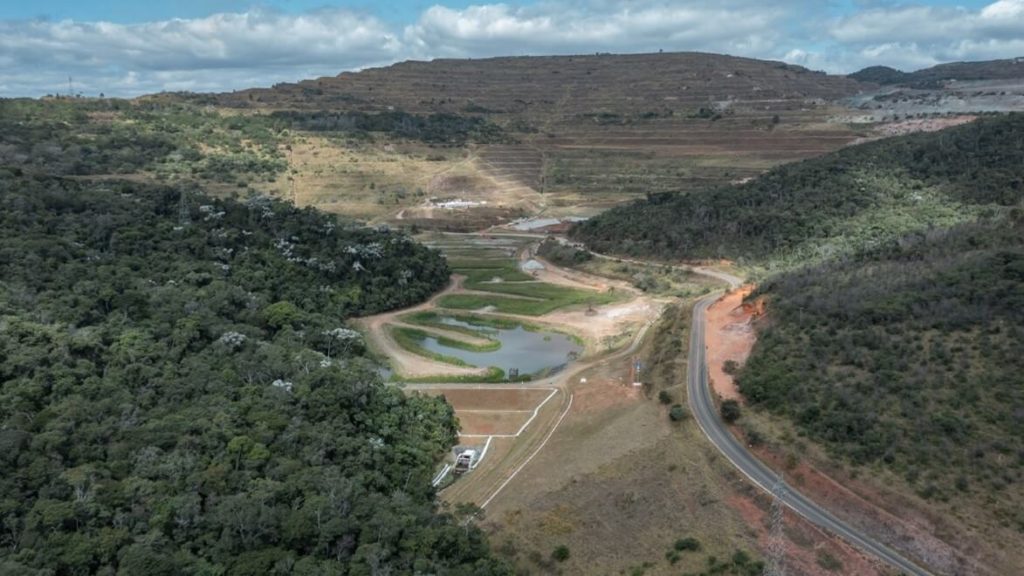Vale says it has implemented the Global Industry Standard for Tailings Management (GISTM) in 48 of its 50 tailings storage facilities (TSFs), with plans to bring the two remaining TSFs into conformance by August 2025.
The GISTM was developed after the tragic failure of a tailings facility at Brumadinho, Brazil, in 2019, through an independent process convened by ICMM, the United Nations Environment Programme and Principles for Responsible Investment.
The standard sets a high bar and contains 77 requirements integrating social, environmental, local economic and technical considerations which strive to achieve the goal of zero harm to people and the environment, according to ICMM.
Vale says of the 48 TSFs now in conformance with the GISTM, 35 are in the Iron Solutions business unit in Brazil and 13 in the Energy Transition Metals business unit (11 in Canada and 2 in Brazil).
“The two remaining Iron Solutions TSFs in Brazil have a lower consequence classification and will be in conformance with the standard by August 2025, following the criteria of the Conformance Protocols defined by ICMM,” Vale said.
The 48 TSFs in conformance meet the GISTM requirements, and some of them have action plans in place according to the Conformance Protocols, according to the company. In addition to meeting the 77 standard requirements, a TSF in conformance with the GISTM means that the oversight, monitoring and transparency of information have been and will continue to be improved, according to Vale. The focus is on the safety of people and the environment throughout the entire TSFs life cycle.
When the GISTM was published in August 2020, ICMM members committed to conform with the standard for tailings facilities classified as ‘extreme’ or ‘very high’ consequences by August 2023, and all other facilities by August 2025. Members are due to publish their progress towards conformance with the GISTM by August 5, 2023, for tailings facilities with the highest potential consequences in the event of a failure.
The ICMM said earlier this week that it anticipated some companies will not achieve full conformance with the standard’s requirements.
Implementing GISTM for Vale’s TSFs represents only one part of the company’s efforts to become safer and more sustainable, the miner says. Vale has been improving the management of its mining dams by conducting an in-depth technical analysis of the historical, current condition and performance of each structure. The preventive, corrective and monitoring actions have also been intensified, being increasingly integrated with social movements and updated according to legislation.
Vale also continues to progress de-characterisating its upstream tailings dam structures in Brazil. As of 2019, out of the 30 dams of this kind included in the program, 12 have already been de-characterised, representing 40% of the total. The program is expected to be completed in 2035. The de-characterisation of upstream facilities in Brazil is Vale’s commitment, in addition to being part of the current Brazilian federal and state legislation on dam safety.











